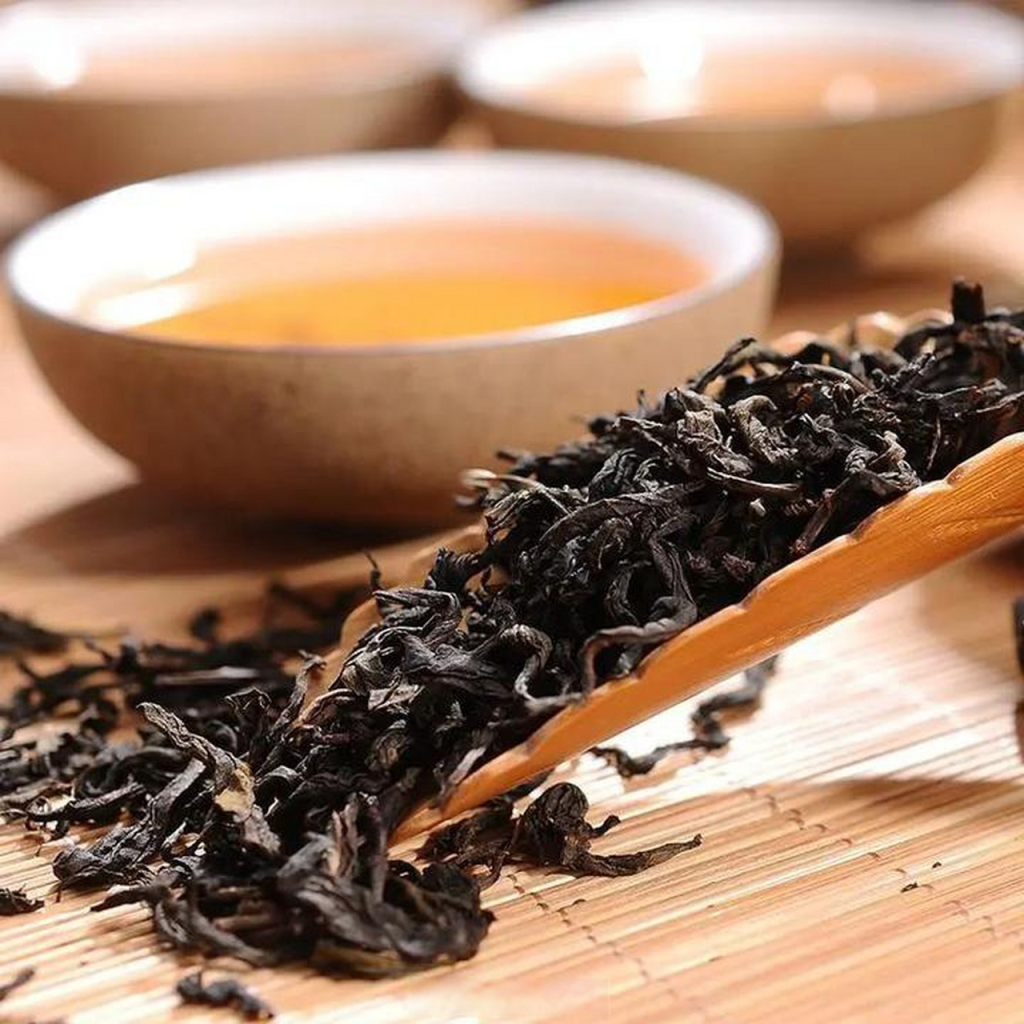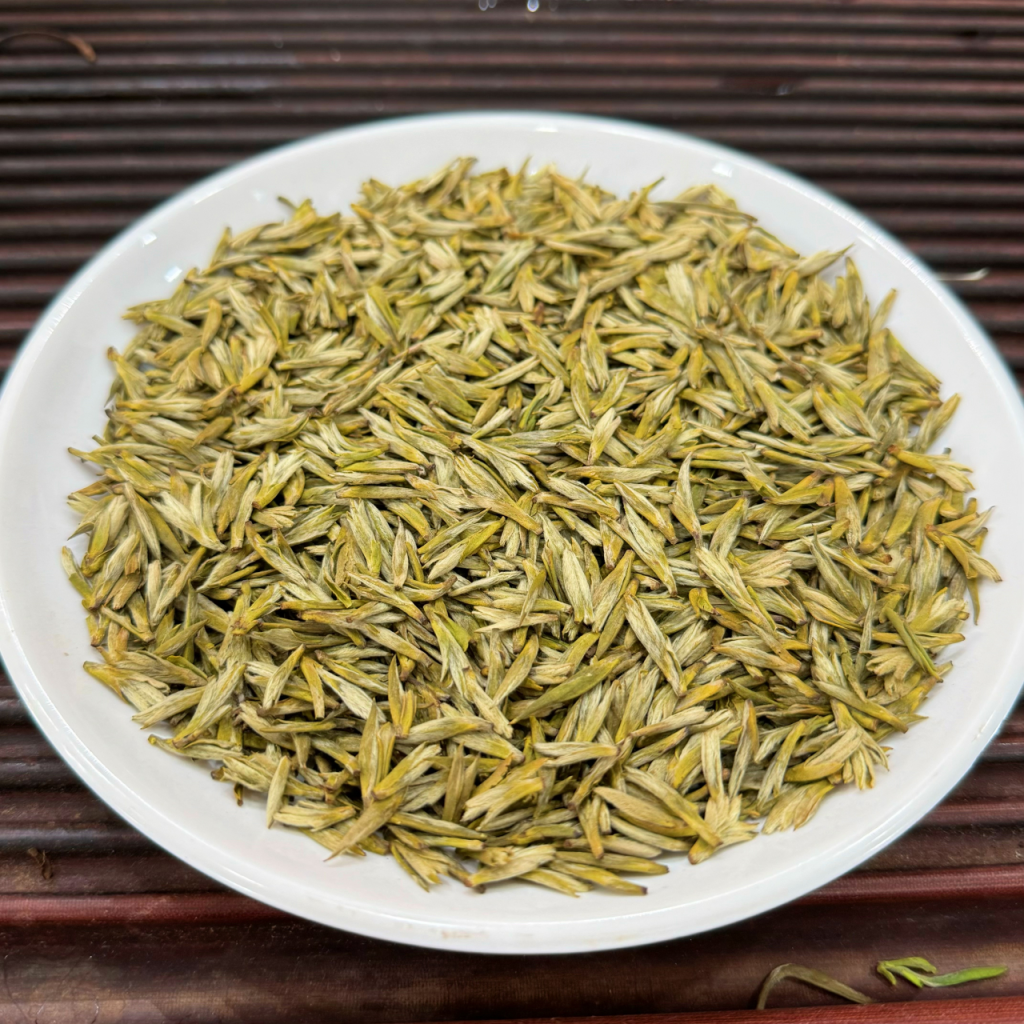Tea, an ancient and cherished beverage, has been a staple in human culture for thousands of years. Among the myriad types of tea, white tea and dark tea stand out as two distinct yet interconnected entities. Their relationship is not just botanical but also historical, cultural, and even in terms of health benefits.

Botanical Origins and Processing
Both white tea and dark tea derive from the Camellia sinensis plant, a species native to China and widely cultivated for its tea leaves. However, the journey from the tea bush to the cup varies greatly for these two types of tea.
White tea, often hailed as the “purest” form of tea, is minimally processed. The youngest, most tender leaves and buds (typically the first two leaves and the bud) are carefully plucked and then withered (lightly dried) to preserve their delicate flavors and high levels of antioxidants. Unlike other teas, white tea undergoes no rolling or oxidation processes, retaining its natural, light color and subtle sweetness.
In contrast, dark tea undergoes a more complex and time-consuming production process. After plucking, the leaves undergo withering, fixing (killing enzymes to prevent oxidation), rolling, and then a unique fermentation or post-fermentation step. This fermentation, often facilitated by microorganisms, gives dark tea its characteristic deep color, rich aroma, and earthy flavor. Some dark teas, such as Pu’er, undergo additional aging processes that can span decades, further evolving their taste and texture.
Historical and Cultural Ties
The history of tea in China is intertwined with the development of both white tea and dark tea. While white tea’s origins can be traced back to ancient times, particularly in the Fujian province, dark tea has played a significant role in trade and cultural exchange. For centuries, dark tea, especially Pu’er, was a crucial commodity on the ancient Silk Road, traded between China and Central Asia, Europe, and even Africa.
The production and consumption of these teas also reflect regional preferences and cultural traditions. White tea, with its delicate and subtle taste, is often associated with refinement and sophistication, while dark tea, especially aged Pu’er, is valued for its complex flavors and potential health benefits.
Health Benefits
Both white tea and dark tea are renowned for their health-promoting properties. White tea, due to its minimal processing, retains high levels of antioxidants, including catechins and epigallocatechin gallate (EGCG), which have been shown to support cardiovascular health, reduce inflammation, and potentially aid in cancer prevention.
Dark tea, on the other hand, undergoes fermentation that produces unique compounds such as thearubigins and theabrownins, which may contribute to its digestive health benefits. Aged dark teas, such as Pu’er, have been studied for their potential to lower cholesterol levels, regulate blood sugar, and support weight management. The microorganisms involved in the fermentation process may also contribute to the probiotic benefits of dark tea.
Interplay in Tea Culture
Within the realm of tea culture, white tea and dark tea often coexist and complement each other. Tea enthusiasts appreciate the contrast between the delicate, floral notes of white tea and the robust, earthy flavors of dark tea. This diversity enriches the tea-drinking experience, allowing consumers to explore a range of tastes and textures.
Moreover, as tea culture evolves, there is a growing trend of blending white tea and dark tea to create unique and innovative tea blends. These blends can harness the best of both worlds, combining the antioxidants of white tea with the digestive benefits of dark tea to create a beverage that is both refreshing and healthful.
In conclusion, the connection between white tea and dark tea is multifaceted. Their botanical origins, historical significance, cultural importance, and health benefits all contribute to a rich tapestry of tea experiences. As tea lovers continue to explore and appreciate the diverse world of tea, the unique relationship between white tea and dark tea will undoubtedly remain a source of fascination and delight.



